were….
Purple sprouting perennial kale broccolis
Allium scorodoprasum leeks (bendelløk)
Good king henry / stolt henrik flower buds 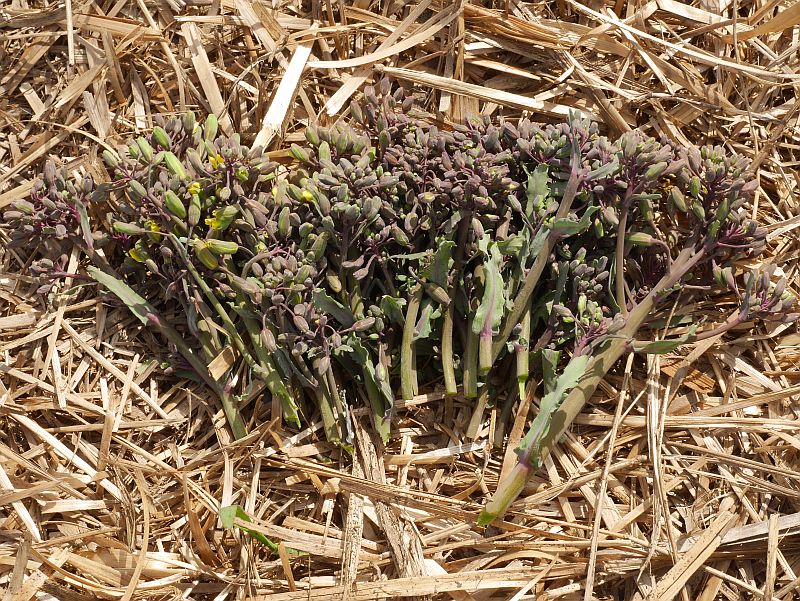
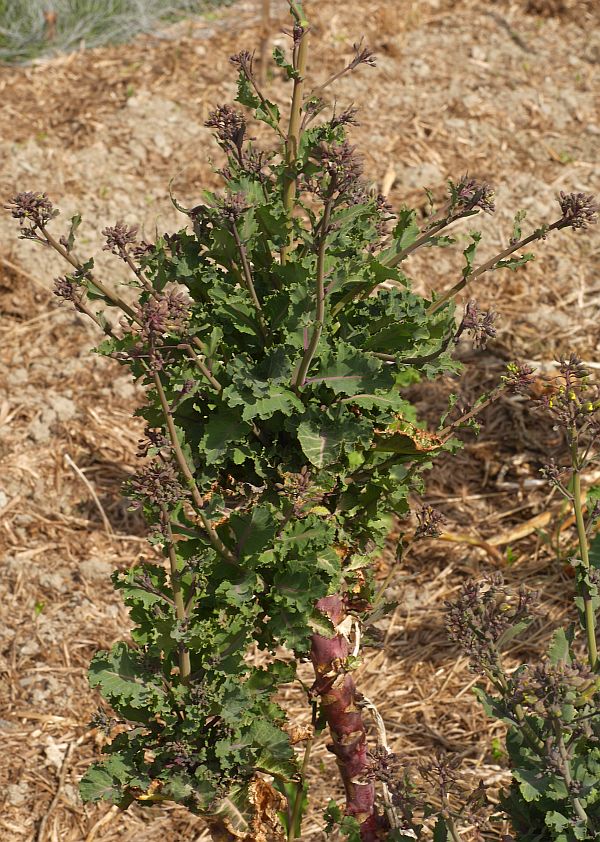
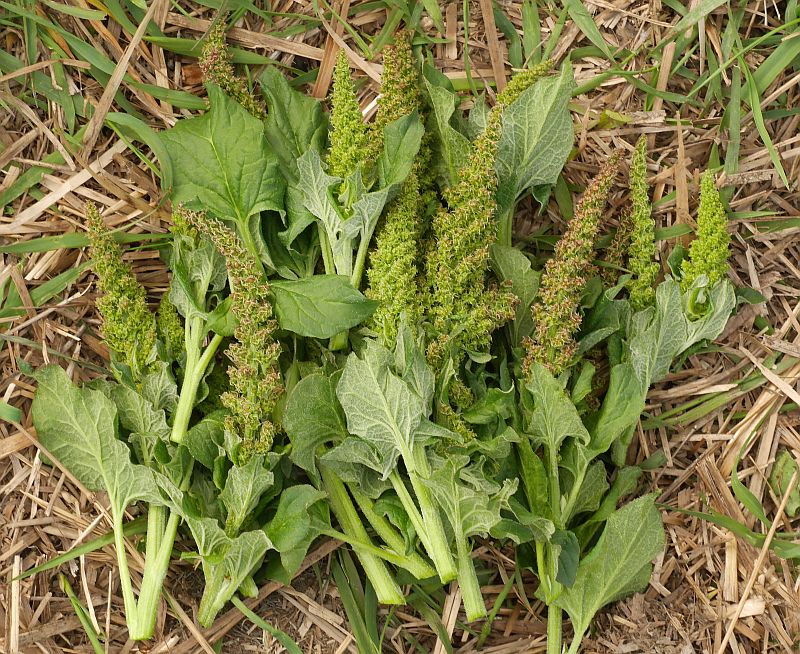
were….
Purple sprouting perennial kale broccolis
Allium scorodoprasum leeks (bendelløk)
Good king henry / stolt henrik flower buds 


Not something I can make very often as I don’t find fasciated dandelions very often! A simple salad was put together, made fascinating with a fasciated dandelion.
The blanched udo (Aralia cordata) was ready: I harvested some blanched sea kale (Crambe maritima) too and I found a fasciated dandelion to decorate the salad
I harvested some blanched sea kale (Crambe maritima) too and I found a fasciated dandelion to decorate the salad
 The udo was peeled
The udo was peeled 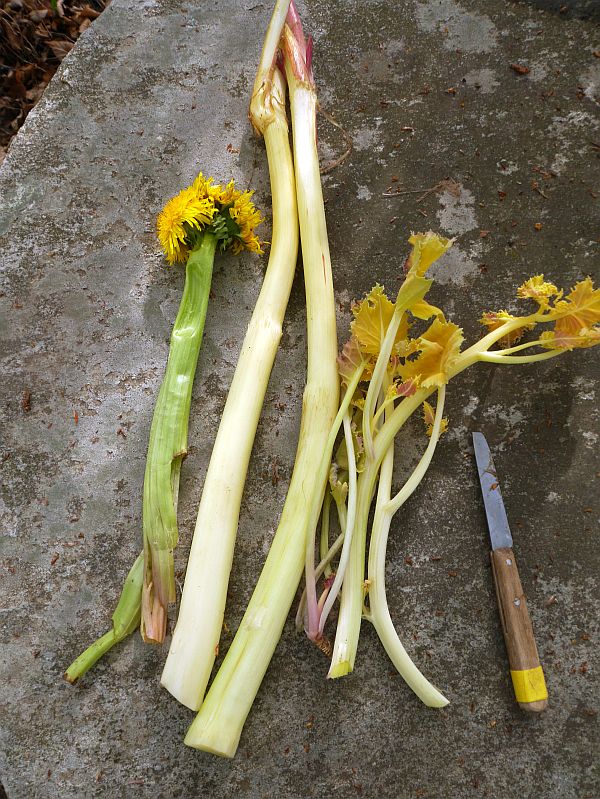
…and the salad was put together with the fasciated dandelion flower stem cut into strips and mixed in with a sesame oil – soya sauce dressing:
Presenting the 14 permaveggies used in tonight’s Indian dal!
Here are the ingredients:
Around the outside:
Blanched sea kale / strandkål (Crambe maritima)
Stinging nettle / brennesle (Urtica dioica)
Top left and anti-clockwise:
Caucasian spinach / stjernemelde (Hablitzia tamnoides)
Hedge garlic / løkurt (Alliaria petiolata)
Cow parsnip (Heracleum lanatum)
Day lily / daglije (Hemerocallis shoots)
Common wintercress / vinterkarse (Barbarea vulgaris)
Giant bellflower / storklokke (Campanula latifolia)
Blanched lovage / løpstikke (Levisticum officinale)
Ground elder / skvallerkål (Aegopodium podograria)
Victory onion / seiersløk from the Lofoten Islands in Norway (Allium victorialis)
In the middle:
Great waterleaf (Hydrophyllum appendiculatum) grows well in my garden and self-sows. It’s natural habitat is damp calcareous woodlands in Eastern North America.
Patience dock / hagesyre (Rumex patientia)
Afterthought:
Moss-leaved dandelion / mosebladet løvetann (Taraxacum sublaciniosum “Delikatess”) – one entire leaf rosette with dandichokes and top of the roots)
We occasionally eat wild fish and are particularly fond of baccalao (dried salted cod from Lofoten).
These were yesterday’s ingredients (list at the bottom):
Top left and clockwise: Dandichokes / løveskokker (the white blanched part which is under the soil surface and hence blanched) plus masses of green leaves; Scorzonera / scorsonnerot (Scorzonera hispanica) blanched shoots from the cellar; Victory onion / seiersløk (Allium victorialis); 7 varieties of heriloom Norwegian potatoes; Ramsons / ramsløk (Allium ursinum) at the top right; Cirsium canum tubers; Scorzonera / scorsonnerot (Scorzonera hispanica) roots; Sweet cicely / spansk kjørvel (Myrrhis odorata); blanched lovage / løpstikke (Levisticum officinale); stinging nettle / brennesle (Urtica dioica); Caucasian spinach / stjernemelde (Hablitzia tamnoides) and garlic / hvitløk and golpar spice (ground seeds of Heracleum spp.)
The greens are added at the end so as not to overcook.
A wonderful birthday dinner again this week!
As is the tradition since I left home, my birthday dinner has been Macaroni Cheese with rhubarb crumble for dessert. Mac Cheese was the first veggie dish I ate back in the 60s – Mum took us to Edwin Jones in Southampton (the superstore of the time) where they served it in the restaurant, sadly no more as Debenhams that took over closed for good last year during the first COVID lockdown… We loved it and it became a tradition for Mum to make this every Tuesday! Nowadays, we use whole grain spelt macaroni with masses of greens…Hablitzia or Caucasian spinach ( stjernemelde) and others (see this year’s list below).
Dedicating this once again to my dear Mum…it’s after all her 66th birth day too!
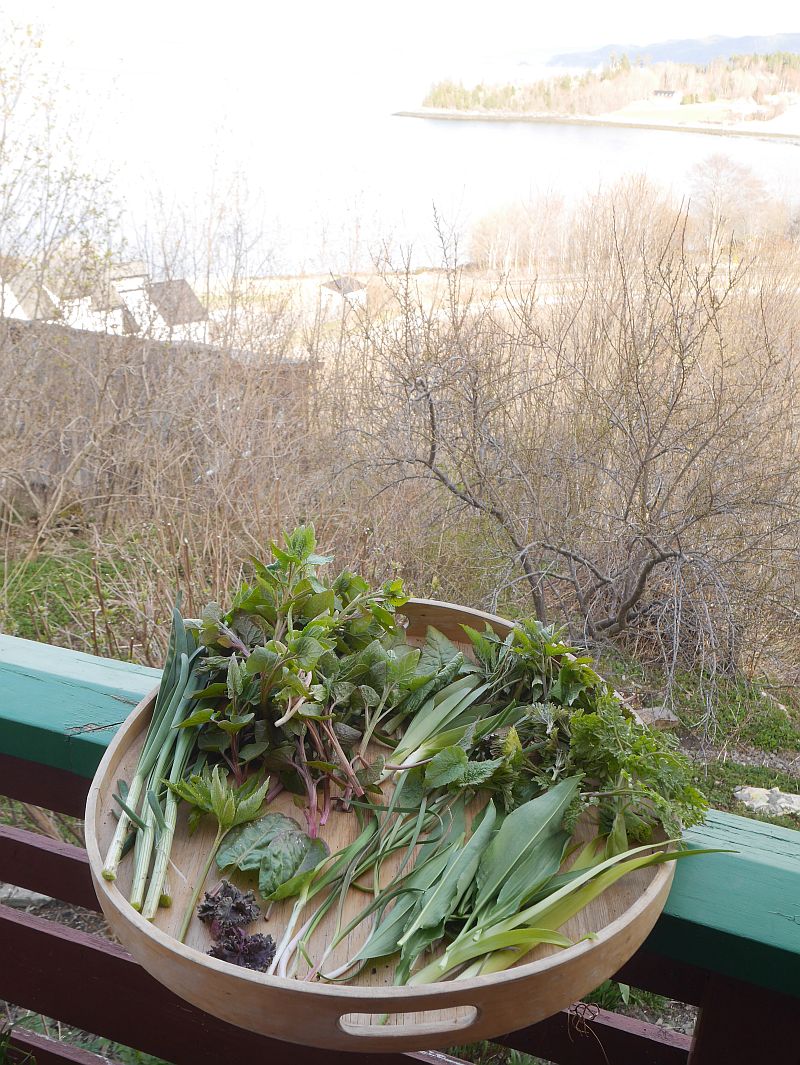


Ingredients:
Hablitzia tamnoides (Caucasian spinach / Stjernemelde)
Rumex acetosa (Common sorrel / Engsyre)
Rumex patientia (Patience dock / Hagesyre)
Ligularia fischeri (Fischer’s Ligularia / Koreansk nøkketunge)
Allium nutans
Aegopodium podograria (Ground elder / Skvallerkål)
Urtica kioviensis
Myrrhis odorata (Sweet cicely / Spansk Kjørvel)
Campanula latifolia (Giant bellflower / Storklokke)
Allium hymennorhizum
Dystaenia takesimana (Giant Ulleung Celery)
Rumex acetosa “Abundance” (Non-flowering sorrel)Allium cernuum (Nodding onion / Prærieløk)
Crambe maritima (Sea kale / Strandkål)
Allium ursinum (Ramsons / Ramsløk)
Allium sativum (Garlic / Hvitløk)
Hemerocallis dumortieri shoots.
Yesterday was my birthday and the best presents were all unintended as birthday presents:
1. Allium victorialis from a large stand that has naturalised from a farm garden in Nordland county, Norway to be offered to various members of KVANN (Norwegian Seed Savers) when I get time (From Inger Elvebakk, who also took the picture):
2. A new sea kale / strandkål (Crambe maritima) accession from a KVANN member, from a wild population
3. Decorah Posten took over a month to get here, but it arrived too on my birthday (see https://en.wikipedia.org/wiki/Decorah_Posten); more about this another time!
During a webinar recently somebody asked me recently whether udo (Aralia cordata) resprouts in the same season if one cuts it. I said I would give photographic evidence that it does. The first picture is the blanched udo ready to eat. It was cut right down on 1st April. It reacted quickly by sending up two new shoots, one of which I ate and the second picture is what it looks like on 24th April (it was kept inside). So, the answer is yes that udo certainly responds quickly to us harvesting it.
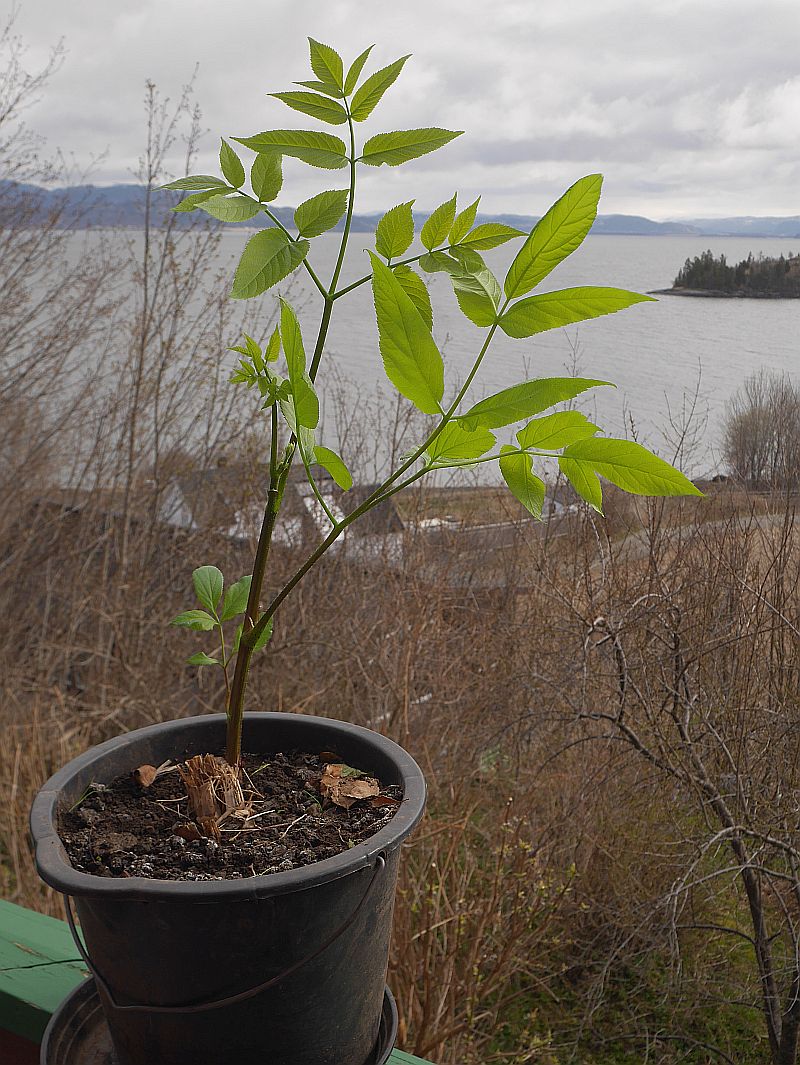
The favourite food of an average Englishman of my generation is Indian and I’m no exception.
Yesterday I was inspired to make perennial veggie aloo saag and stuffed blue congo whole grain paratha. It’s fun realising that it’s highly improbable that anyone has made this before!
First, here are the vegetables:
From top left: Ground elder / skvallerkål; two types of dandelion / løvetann; hedge garlic / løkurt; Ulleung giant celery (Dystaenia takesimana) (top right); (Bottom left) Allium hymenorrhizum; Welsh onion / pipeløk (Allium fistulosum); daylily / daglilje shoots; Siberian hogweed / sibirbjørnekjeks (Heracleum sibiricum); stinging nettle / brennesle; ramsons / ramsløk; common sorrel / engsyre (Rumex acetosa); Allium nutans; Catawissa onion / etasjeløk (Allium x proliferum); Victory onion / seiersløk (Allium victorialis); Mertensia ciliata; 2 Perennial kales / flerårige kål; Caucasian spinach / stjernemelde (Hablitzia tamnoides); Urtica kioviensis and Patience dock / Hagemelde (Rumex patientia) (Bottom right).
Next, potatoes were steamed on the wood stove and sliced into small pieces. The onions were fried with several cloves of garlic and then all the finely sliced greens were added and cooked gently adding the potatoes and assorted Indian spices (coriander, cumin, home grown golpar – ground seed of Heracleum – chili, salt and pepper with a piece of cinnamon stick and a few cloves). The greens release water so that no water is needed. This is the perennial veggie saag (there are many different saags made with different vegetables in India; see https://en.wikipedia.org/wiki/Saag
I chose to make the parathas using a 100% coarse wholegrain spelt flour which are difficult to make perfectly as they tend to fall apart, but I don’t care as they are tastier in my opinion! For the filling I used cooked and mashed blue congo potato with various spices and chili mixed in. Put a blob of the filling on the rolled out paratha, fold the dough over the filling and roll out carefully trying not to let the filling show through (it did).

You then dry fry both sides on medium heat, then melt ghee on the top, turn over and fry in the ghee for a minute and one more minute on the other side again and dinner’s served (Hope there are no Indians watching as I’ve probably broken all the rules, but the important thing it tasted fantastic: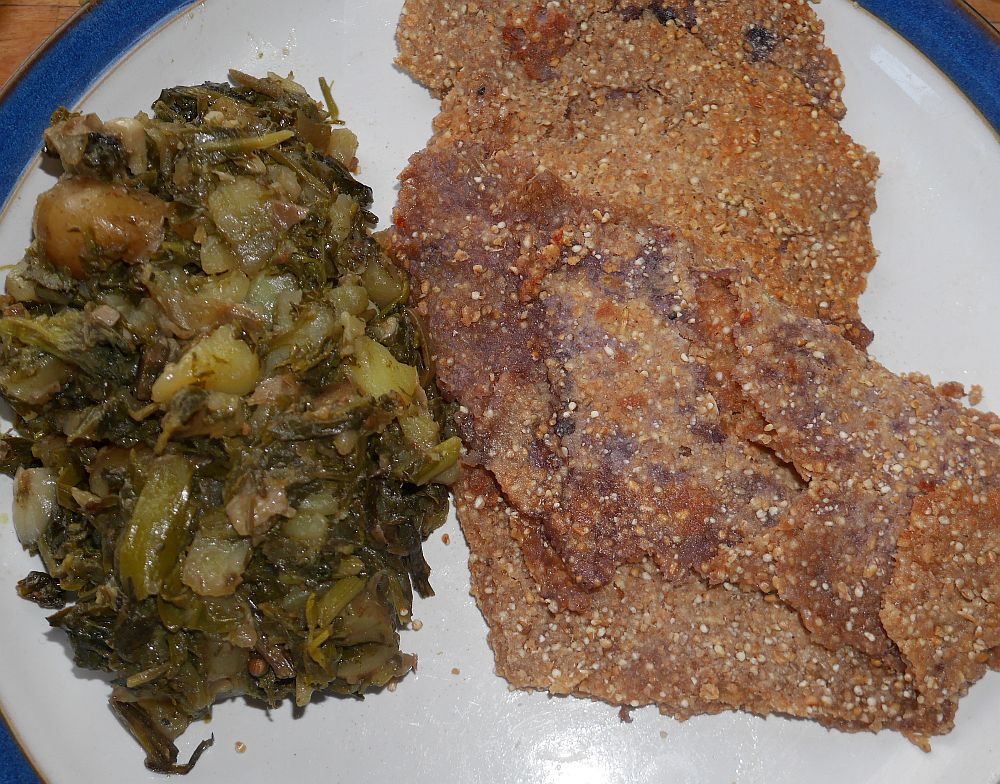
Yesterday was the first day above 10C this year and my Hablitzia (Caucasian spinach) plants are really growing fast. We used those in the picture together with thinned Allium scorodoprasum bulbs and shoots in a delicious home grown pea soup. 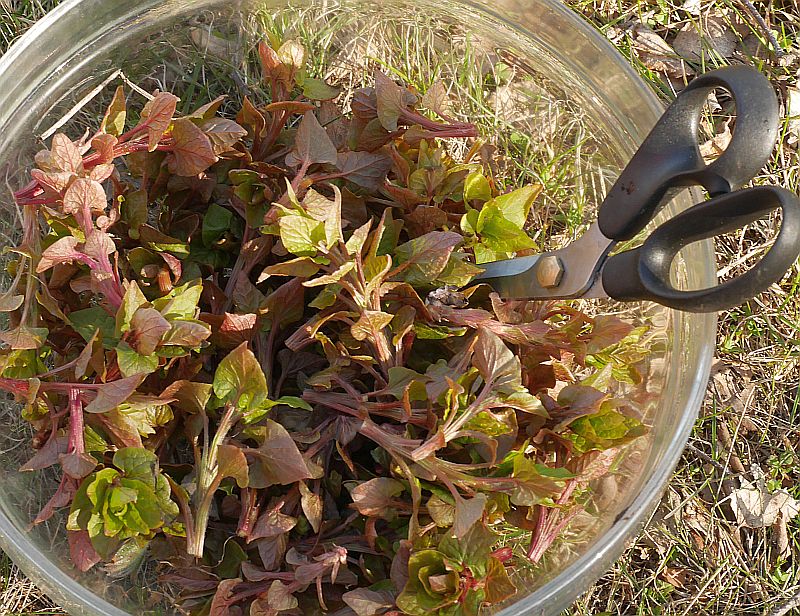

We’ve been eating dandelions for lunch every day now for almost 3 months from the roots dug in the autumn and there’s still loads (see my post in January and February here: https://www.edimentals.com/blog/?p=27183 and https://www.edimentals.com/blog/?p=27343). We basically cut at the base with scissors and yesterday accidentally dissected a flower bud! The dandelions will respond with new leaf and flower shoots.  Forcing pots of dandelions and other perennial vegetables in the living room; ease of access in what permaculturists call Zone 0
Forcing pots of dandelions and other perennial vegetables in the living room; ease of access in what permaculturists call Zone 0
 Dissected dandelion flower bud
Dissected dandelion flower bud